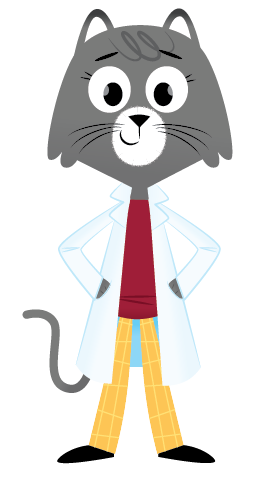Dear Daniel,
It sure sounds like a nice idea. Print a bunch of money and everyone gets rich. We could buy anything we wanted. Ah, if only it were that easy. It turns out printing more money would have a much different outcome than we might like to imagine.
That’s what I found out when I went to visit my friend Robby Rosenman, an economist at Washington State University. He was happy to help with your question.
He said the money that we have in the United States is printed on the U.S. Treasury presses and comes from the Federal Reserve Bank, the group in charge of sending money out into the country.
According to the Treasury, every day it sends more than 20 million bills worth approximately $560 million to the Federal Reserve.
 Rosenman said some people have wondered why we don’t just create a trillion-dollar coin—then use about 15 of these coins to pay off the nation’s debt. He explained that bringing more money into our system would actually make prices of things go up. At the same time, it would also make your money have less value.
Rosenman said some people have wondered why we don’t just create a trillion-dollar coin—then use about 15 of these coins to pay off the nation’s debt. He explained that bringing more money into our system would actually make prices of things go up. At the same time, it would also make your money have less value.
If you bought a scoop of ice cream for a dollar today, another scoop of the same ice cream would probably still cost a dollar next year. Your dollar would be one of about 1.2 trillion dollars circulating in the U.S. right now. But if we added a lot more money into the system, the monetary value of things would start to shift.
Let’s say next year you take your dollar and go to the same place to get ice cream. If the federal government printed 16 trillion dollar coins to pay off the debt, the price would go up. Maybe the ice cream now costs $2.50 or more.
“You’ll think ‘Oh no! I’ll never be able to buy ice cream again!” Rosenman said.
So, what happened? It’s not that making ice cream got more expensive. It’s that the value of a dollar is now less.
Here’s another way to think about it. Suppose you have a gallon of water. You pour the water into a gallon jar. It holds all the water. But if you put the gallon of water in two gallon jars, each one will only be half-filled. Here, the gallon of water is the amount of goods. The jars are like the currency—the more there are, the less water there is in each one.
Like jars holding less water, the dollar can also hold less value. Inflation is when the dollar is worth less. If we have a lot more dollars chasing the same amount of goods, each dollar has less value. Prices go up and we still have the same amount of goods to consume.
Rosenman said there are a few economists who actually do think we should just print off a bunch of money. But most economists think that we’d have to worry about inflation if we printed off a bunch of money.
Sincerely,
Dr. Universe
Why did we invent money?
– Dorian, 10, Superior, Wisconsin
Money has two purposes. One is that money measures value. The paper itself doesn’t really mean anything on its own unless we all agree to use it to buy and sell. It also helps people trade things. Before there was money, we bartered. People had to trade goods for goods instead of for money. Instead of trading a whole bunch of goods for other goods, money allowed us all to use the same thing for trading.
5 facts with Dr. Robby Rosenman
- Bills aren’t made up of paper, but cotton and linen.
- Money is covered in tiny organisms called bacteria.
- Harriet Tubman, abolitionist and humanitarian, will be on the new twenty-dollar bill.
- The average life of a dollar bill is about six years.
- It takes 2.4 cents to make a penny.
